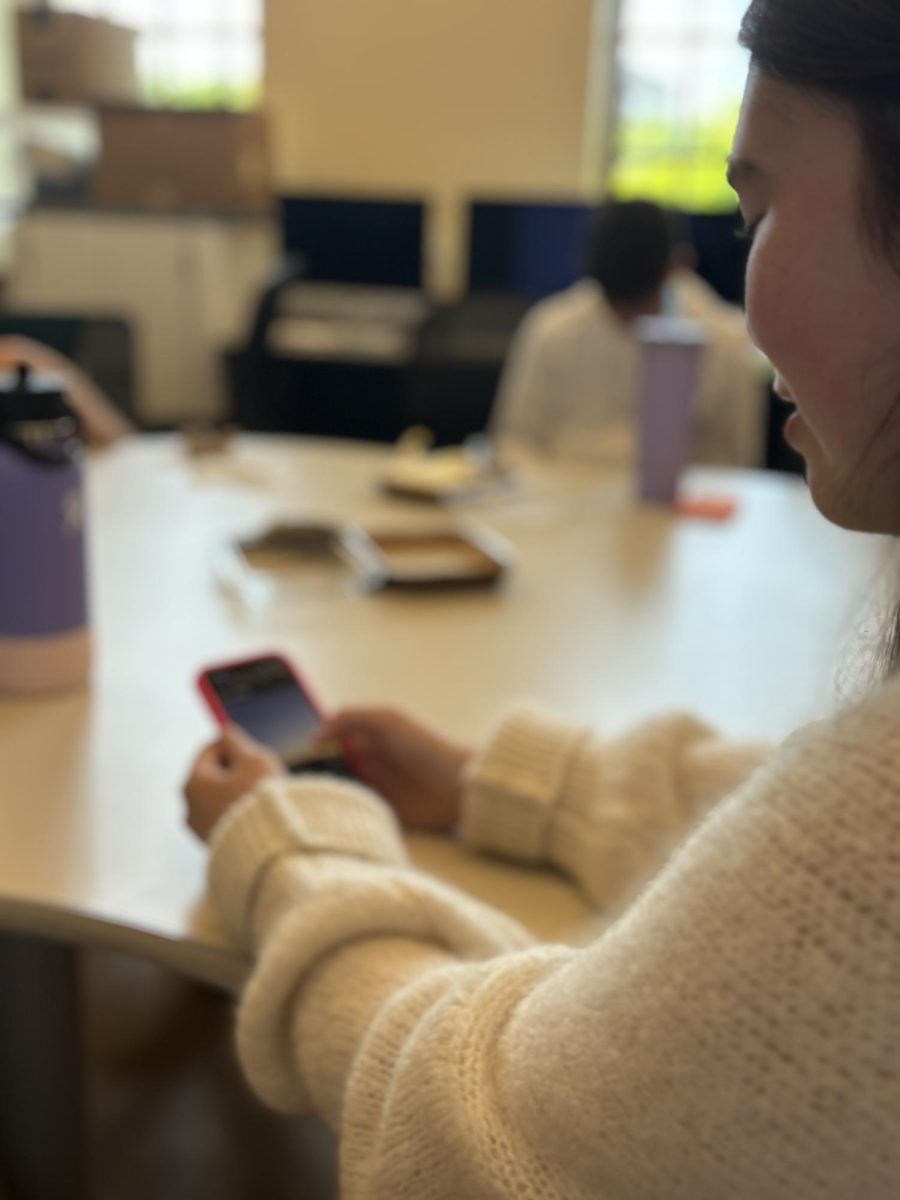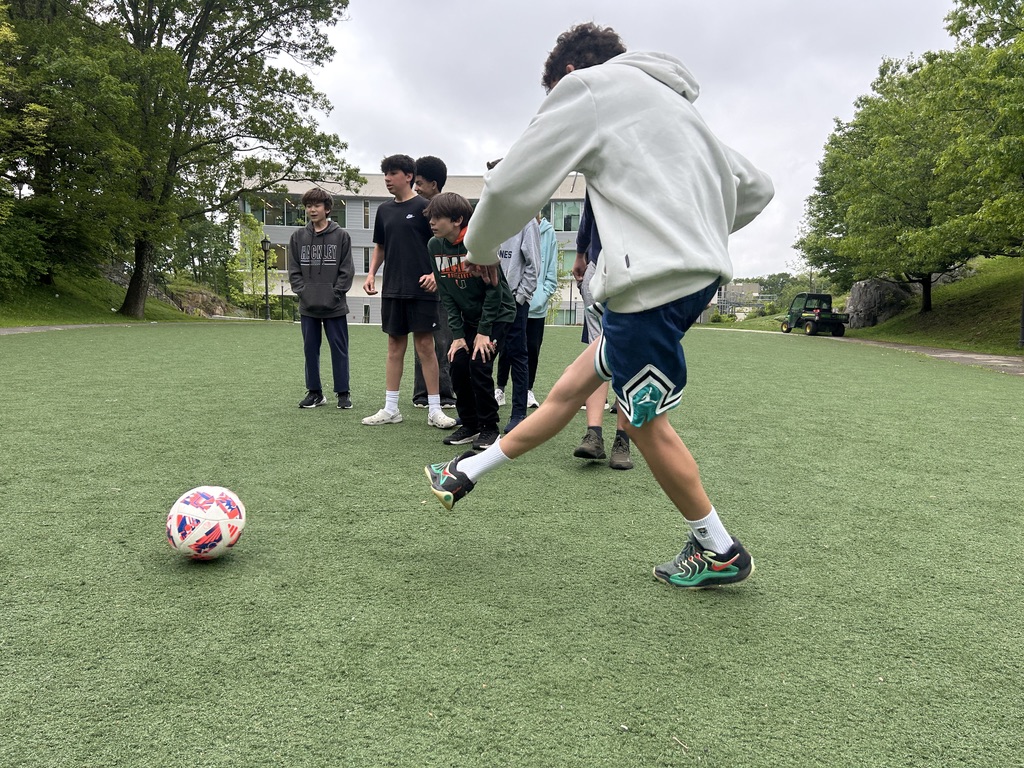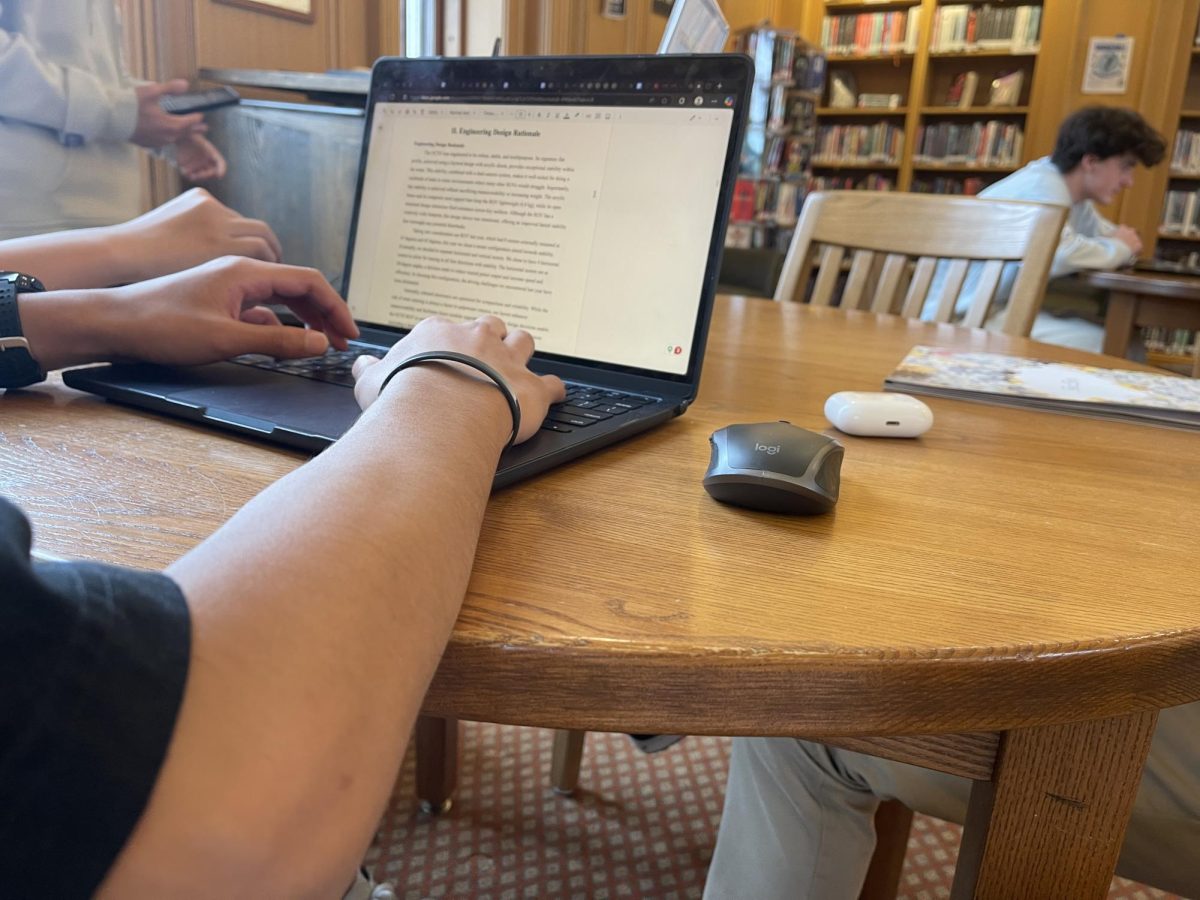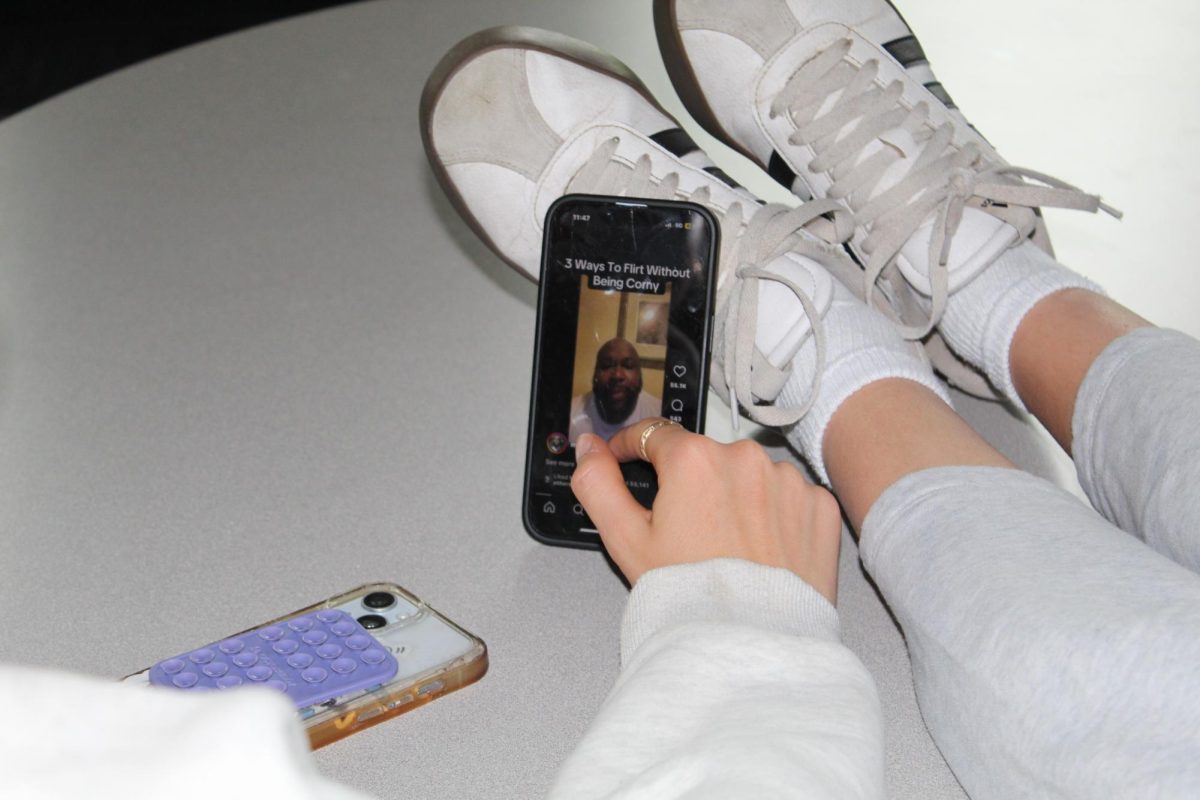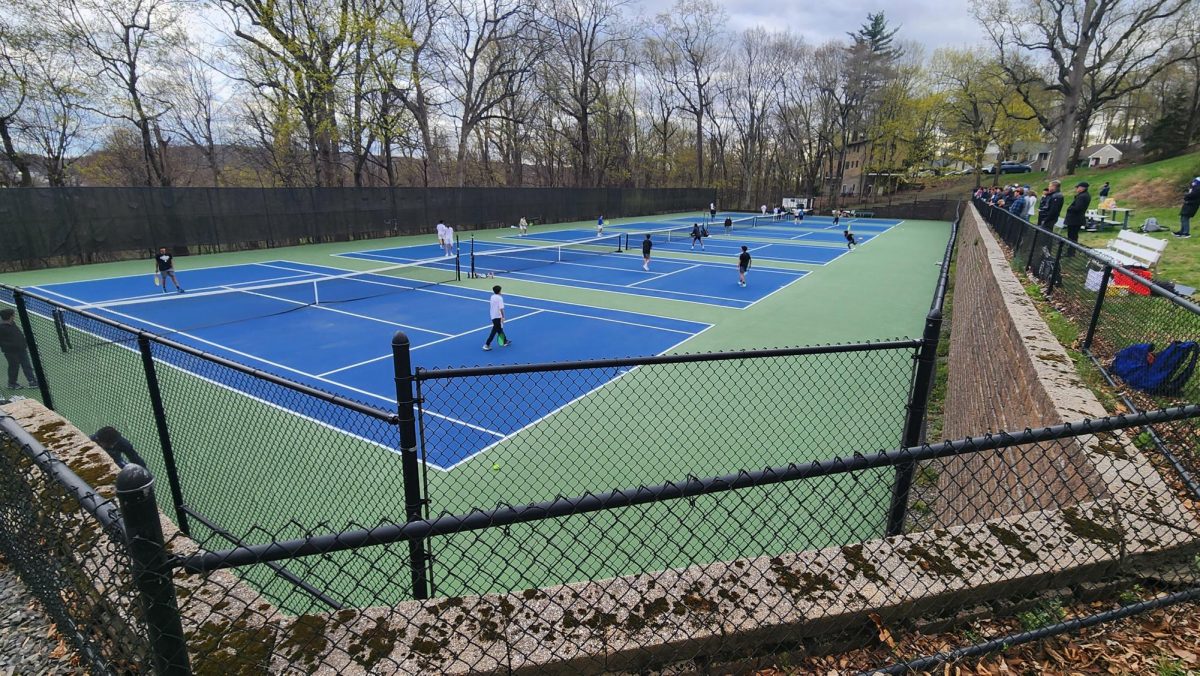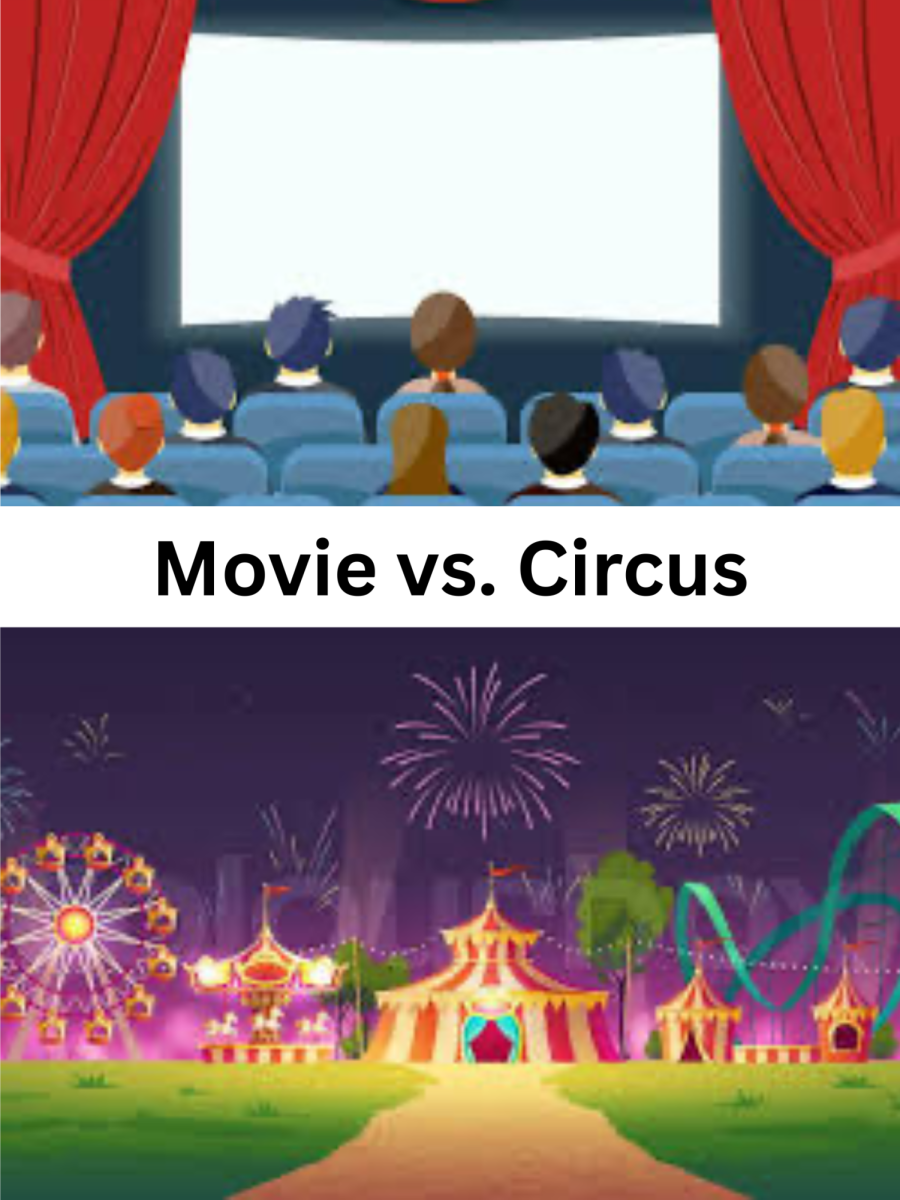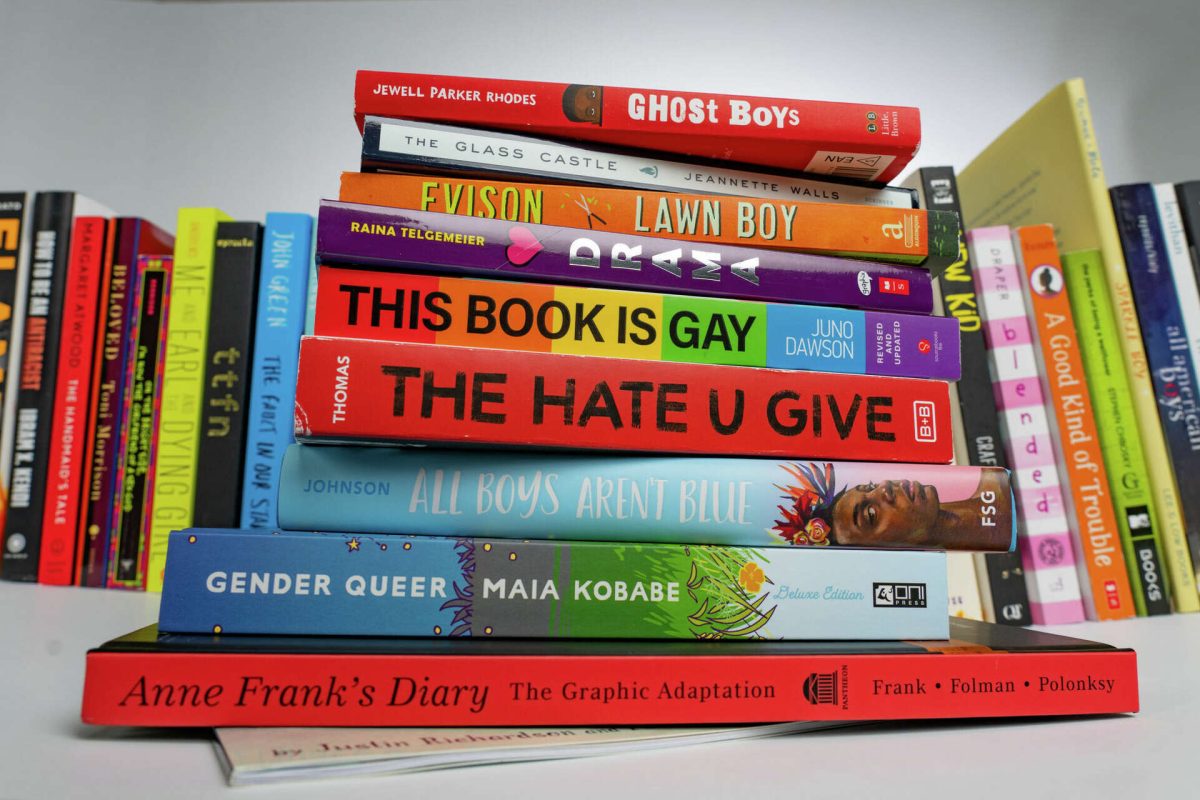Cell phones, whether banned or not, are bound to impact students’ mental health, academic performance, and overall behavior toward their teachers and peers. Throughout Hackley’s history, cell phone use has been restricted for middle schoolers but open for high schoolers. However, is this counterproductive, and are these students more likely to want to use their phones because they are banned? Hackley’s new headmaster, Mr. Charles Franklin, has proposed restricting or banning phones for middle and high schoolers.
Phones have numerous positive and negative effects. High schoolers are allowed to use their phones, and Middle schoolers are not because there is an implied sense of growth in maturity between 8th grade and freshman year. While in high school, students have more complex schedules, and at Hackley, classrooms for different subjects are spread out all over campus, whether at the middle school, Johnson Center, or the Zetkov Center. Phones allow students to message or call friends to find out where they are on campus. Phones can also be used in class, whether to upload a photo of classwork on Showbie or join a Kahoot game while your computer is charging. Phones also allow students to communicate with parents throughout the school day, whether it be about how they are getting home, what time they will be picked up for an early doctor’s appointment, or to congratulate you on doing well on an assessment.
With all these positive effects of having phones in school come the negative ones. Phones and the applications on them allow for the recording of other students and cyberbullying. Although this can happen outside of school, being around phones and social media when around other students encourages irrational and unthought-out decisions. Students also often tend to use their phones too much during school.
Freshman Lola Frey said, “Sometimes I use it too much. Also, they are helpful for connecting with people and using it for things during school, but I don’t find myself using it during class.”
Phones also provide a simple distraction, which can be negative during classes but also positive when it comes to stress and overworking yourself in the classroom. In middle school, students are prohibited from using phones during the day and should keep them in their lockers or backpacks.
When discussing phone use during class, Lola says, “I honestly saw more people on their phones during class last year.” This can be because if people are not allowed to do something, they may crave it more.
Regarding phone use last year, freshman Austin Shapiro, who went to the Mead School in Stamford, Connecticut, for middle school, said, “We couldn’t have our phones in the building at all. They had a box where we would put them in the front office at the beginning of the day.”
He believes that banning phones at Hackley would be “crazy” and “unnecessary because phones can be useful when having conversations with people and throughout the day” and that they are “not a big deal” when it comes to screen time and people overusing their phones at school.
The pros and cons of cell phones are very apparent in the Hackley culture. Phones allow students to reach their friends if their classes are far away from each other, upload classwork, have a device if a computer is not charged or forgotten at home, and communicate with parents throughout the day. Cons include the possibility of cyberbullying, irresponsible decisions being made, over-usage, and being a distraction. Overall, the pros outweigh the cons, and there is currently no need for any drastic changes to cell phone rules and regulations.



